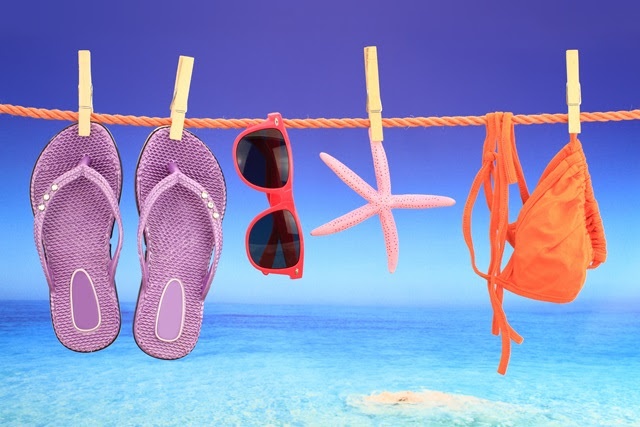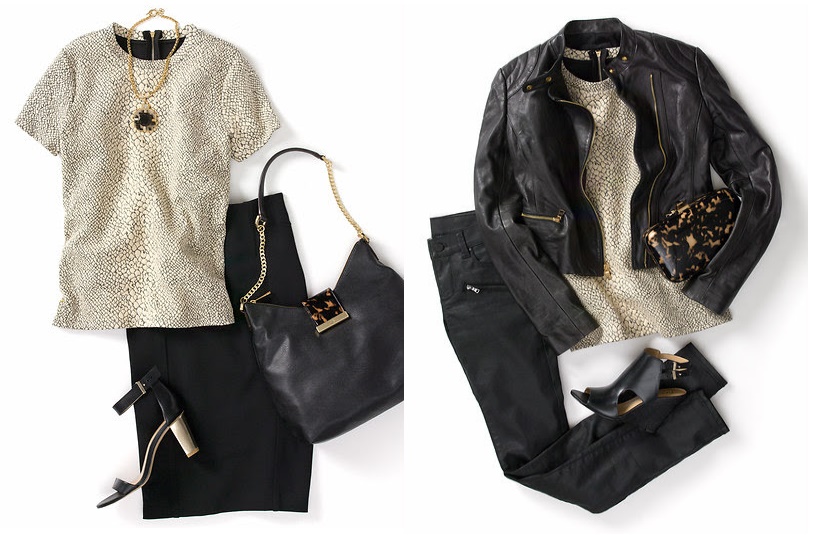The Pros and Cons of Wearing Flip-Flops
When, where and how can you wear that fabulously comfortable foot fashion named after the sound they make when you walk? Flip, flop. Flip, flop.

Flip-flops or Thong Sandals?
– And just what are these Summer-sun staples? Technically, flip-flops are made of rubber, vinyl, foam or some other material that
you won’t mind getting wet or getting scuffed walking on the beach. Most versions have a flat rubber sole, although they also
come in kitten- and wedge-heel versions.
– Thong sandals come in a wide variety of different materials, feature different heel types and heights and can range in style from
casual to quite ornate–picture a lavish version for an evening out on the town.
Flip-flop Pros
There are style mavens who insist you should never wear flip-flops, even at the beach. I disagree. There are actually times when flip-flops are an ideal choice. Let’s take a look at the “pros and cons” of wearing this casual, comfortable footwear and check in on some flip-flop etiquette.
Flip-flops are:
– Inexpensive and can be found everywhere, from a department store to a dollar store.
– Easy to slip on. You can wear them in lieu of slippers or for stepping out of the shower–they prevent you from slipping on a
damp bathroom floor.
– Perfect for the beach. Although a pair of sexy sandals might be a better choice to wear parading down the boardwalk, they’re
not a good choice for the beach. Sand is difficult enough to walk on (although it’s a great exercise option), so flip-flops with
higher heels should be verboten. A better choice would be a flat-soled, waterproof, rubber flip-flop.
– Easy to pack and store. They don’t take up much space in your closet or your travel bag.
– Suitable for running casual errands such as grocery shopping, going to the post office, stopping at the gas station, getting
coffee from your neighborhood Starbucks or simply hanging out with friends and family.
– If you want to set yourself apart from the crowd, buy a pair of flip-flops with bows, flowers or beaded embellishments to pack
and store. And the more * decorative, dress-up versions can go from the shore to the seaside restaurant.
Flip-flop Cons
Just as there are times when this comfy footwear is absolutely appropriate, there are times when flip-flops are an absolute no-no.
The disadvantage of wearing Flip-flops include the fact that they are:
– Inappropriate for the office, even on casual Fridays. Not only are they an improper addition to your workplace wardrobe, they’re
noisy distractions.
– Not the best choice for all activities.They’re not safe when driving a car, hiking, riding a bicycle, climbing stairs, shopping or
day-long outings. Not only can the sole or the straps get caught on car pedals or bicycle spokes, putting you in a precarious
position, they can cause harm to your feet via stubbed toes and blisters. And they can catch on a snag and cause a nasty spill.
– Not blister proof. Long-term wear can cause blisters around the toes as you “grip the road.” It can also cause blisters on the
bottom of your feet due to their constant banging against your heels.
– Never to be worn to: Red Carpet events; high-end restaurants; business meetings; churches, temples or synagogues;
funerals; black-tie soirees; or other celebratory events such as showers, weddings or mitzvahs.
How to Pair and Wear Flip-Flops

Now that you know when and where to wear flip-flops, what wardrobe staples can you pair them with? Try wearing them with casual shorts, swimwear, Capris. jeans or casual mini-skirts.
But you’ll want to choose dressier sandals other than flip-flops to go with more formal shorts, Capris, jeans, summer slacks, casual dresses or maxi-skirts and dresses–even summer-style leggings.
Now that you know the flip-flop “pros and cons,” you can use this flip-flop etiquette to put your best foot forward!




